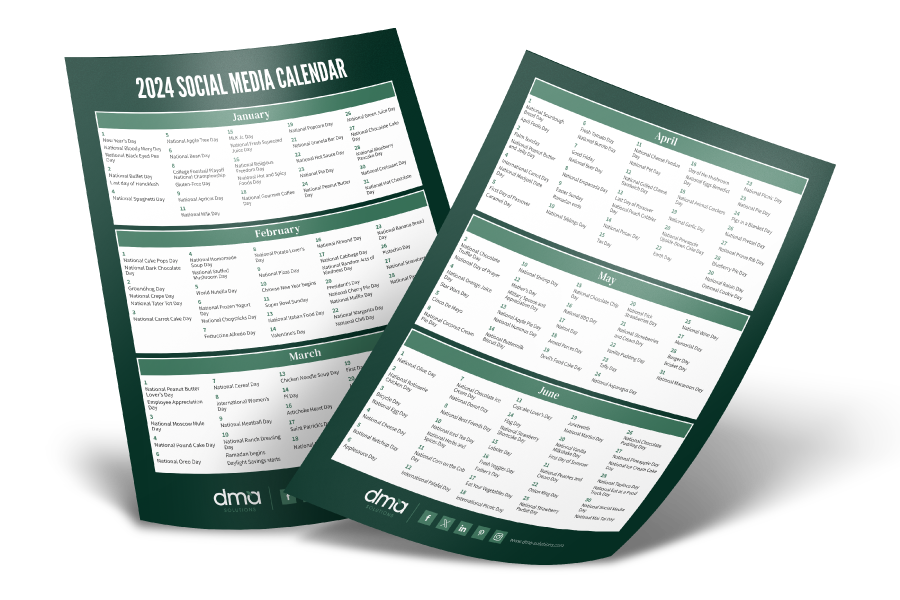Similar to email marketing, website visits, social media likes, comments, and shares, and of course public relations placements, advertising can (and should be) measured to ensure your efforts are working as well as proving to be successful. So, how do you measure the success of your advertising strategy? We’ve done the heavy lifting for you and rounded up four metrics to keep an eye on when it comes to advertising analytics.
Four Trade Advertising Metrics You Need To Know Now
Impressions (Online)
By definition, impressions are the number of views on a piece of content. For advertising, this equates to the number of people who have seen your ad placement. Digital advertising is the best way to get the most accurate idea of how many impressions your ad has received through website page viewing data. When looking to purchase digital ad space, it is important to look at the average number of impressions the publication’s website receives to ensure you are reaching enough people.
Clicks / Engagements (Online)
Similar to impressions, clicks (or engagements) measure how many people and/or how many times someone interacts with your ad. This is a step further than an impression as it means someone was so compelled by your ad that they decided to click on it. This data point is important to better understand how your audience might interact with your brand messaging and creative designs. For example, if you are receiving a high number of clicks, this could mean that your ad is very engaging and provokes the need to learn more. Should your ad be receiving low clicks, this could mean that you need to adjust the ad creative or messaging to better cater to the audience you wish to attract.
Readership or Circulation (For Print)
In addition to online ads, print ads can be an additional touchpoint to compliment your marketing efforts. Whether the ad is in a magazine or newspaper, the readership (or circulation) is an important number to look at to see what type of reach your print ad can get! One caveat to print advertising is that you do not get the most accurate numbers such as impressions and clicks that can be more easily measured digitally. However, knowing the readership of the publication with which you are advertising will give you a good idea of how many people will interact and see your ad.
Word of Mouth (Print and Online)
While this type of analysis is not as popular nor as formal, when someone tells you personally that they saw your ad, that is a HUGE indicator that your placements are working! Of course, this is not something that happens often, but it is important to note if a client, customer, or even a colleague or friend takes notice of your ad and tells you about it.
Now that you have these metrics, it is important to begin tracking them. Depending on the number of ad placements your budget allows, it might make sense to take a look at the performance of your digital ads each month, quarter, and year-over-year. This will help you determine what is working, what needs to be tweaked, and what might not be worth the price tag anymore. For print ads, while it is more difficult to get real feedback from details analytics, you can get a guesstimate of how many people might have seen your ad dependent on the readerships/circulation.
Have questions or need help getting your trade ad schedule in order? Or want to learn more about how to look at and analyze your advertisements’ performance data? Contact us today and we’d be more than happy to help!












